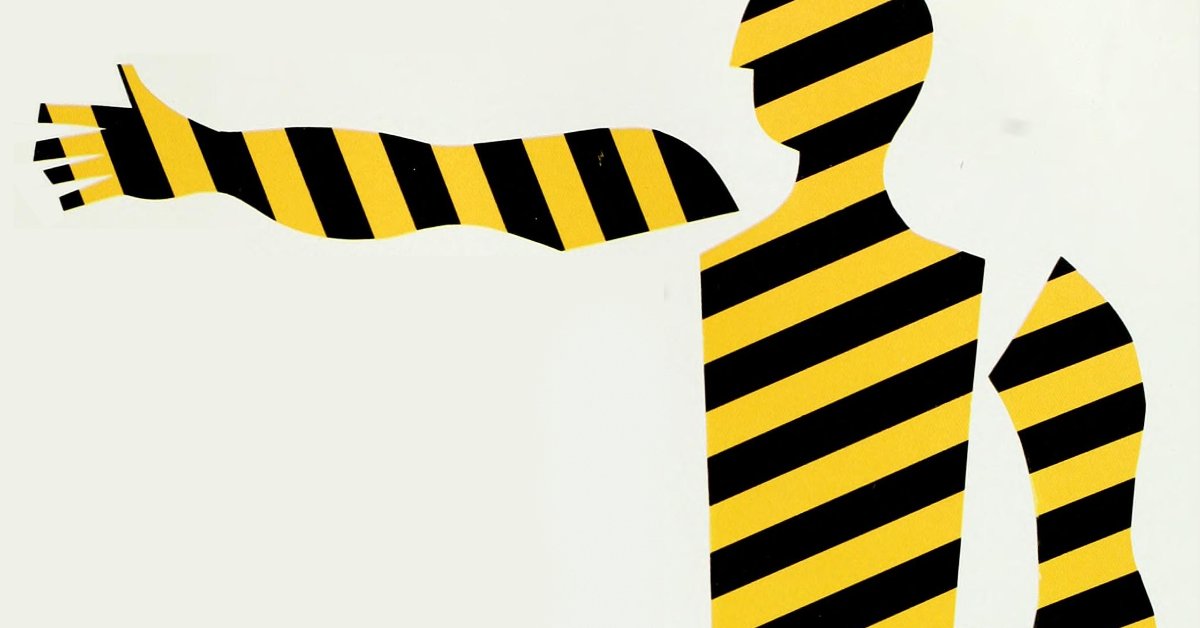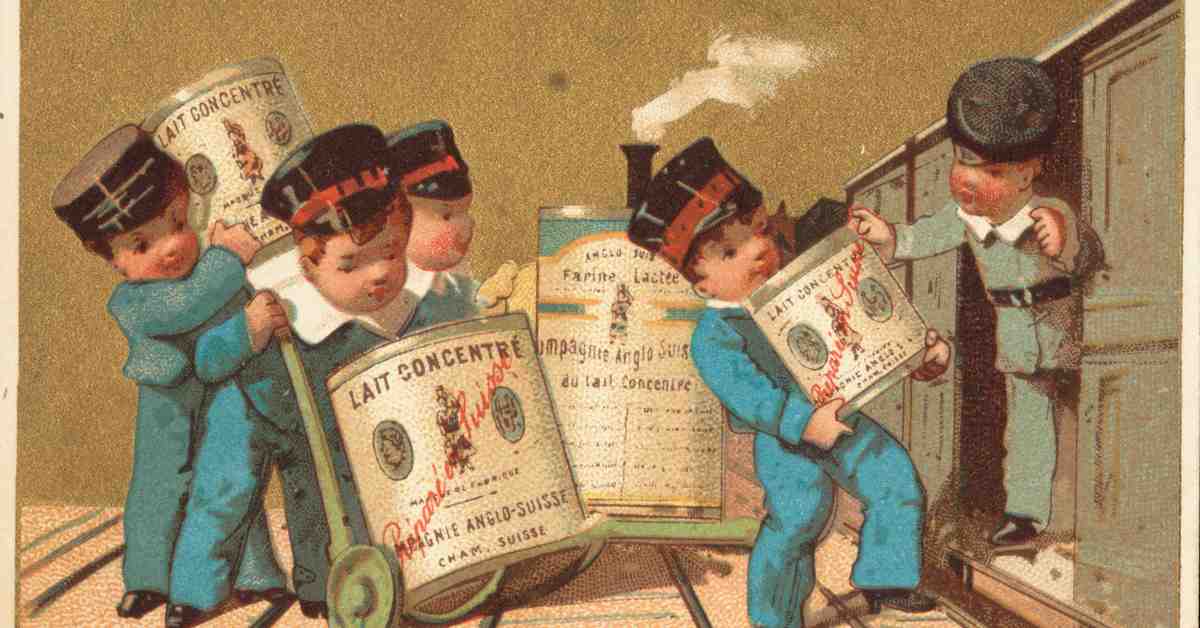John died this week sitting on a bench in front of our condo building. He was an ubiquitous presence in the neighborhood for many years. John was a 72 year old homeless man with Tourette Syndrome. He walked around the neighborhood all day pushing a cart with all his belongings which he kept meticulously organized. John managed his homelessness with as much dignity as he possibly could. He had a variety of sleeping spots he frequented. On rainy nights, he would bed down under an awning in front of a commercial shop with a recessed doorway. On other nights, he often chose to sleep in the open air of a back yard behind a hair salon. He was always gone in the morning with no litter left behind. He also managed his Tourette Syndrome well until he couldn’t afford his medicine. I would often hear his uncontrolled barking or swearing when he wasn’t able to keep it under control. I tried to buy John a coffee once and he got angry and declined. He had his pride. I never asked him again. As a fellow sufferer of Tourette and as someone who tries to be a kind and decent human being, I feel terribly guilty. I never tried to reach out again after one rejection. I didn’t even know his last name. John deserved better.
I’m not sure which represents the most egregious injustice: the health care system in which John was unable to afford needed medication, the economic system that created such inequities, the social system that wouldn’t provide shelter, or my callousness toward another human being with whom I could have had a connection. John could have used just a little justice.
Coincidentally, over the last few weeks, I read three books that tell disturbing stories about the injustices in our world and the different forms of suffering people endure from all walks of life: No Visible Bruises by Rachel Louise Snyder, Apeirogon by Colum McCann, and The Water Dancer by Ta-nehisi Coates. All three of these books expose the institutional injustices that victimize people across race, gender, class, and geography.
In her alarming new book, No Visible Bruises, Rachel Louise Snyder reports on a global health problem of epidemic proportions.” In America alone, more than half of all murdered women are killed by a current or former partner. Domestic violence cuts across lines of class, race and religion. A United Nations report in 2018 put it starkly: The most dangerous place for a woman is her own home.
Snyder unravels the question of why women stay in violent relationships. It’s not that women choose to stay with an abuser – women in abusive relationships are simply trying to carefully find a way to escape without being killed. In this revealing book, Snyder traces the history of several women who were desperately seeking ways to leave a violent situation without being killed in the process. Most women who suffer from domestic violence ponder, plan, and prepare their escapes, but need to assess realistically the risks to them and their children. They become exhausted by fear and the raw tension of surviving in brutal environments.
Snyder not only exposes the range of domestic violence problems, she also documents solutions that are helping to change the system. An obvious recommendation is to get rid of the guns. The real relevance of the book to this post, however, is the exposure of the “just-world” fallacy that implores us to believe that good things happen to good people and bad things happen to bad people. This book destroys that myth. There is no good reason for what many women have to endure. There is very little justice to be found in domestic violence. Most bad men get away with it. Most women can find no way to escape it. Just a little justice would soothe our anguished souls.
In his most recent book, Apeirogon, Colum McCann digs into the unending conflict and institutional injustice in the Middle East. McCann, a National Book Award winner, is an Irish writer of literary fiction. He was born in Dublin, Ireland and now lives in New York . He is a Distinguished Professor of Creative Writing in the Master of Fine Arts program at Hunter College , New York.
Apeirogon, which means an uncountable number of sides, traces the history of two fathers who lost their children to random acts of violence. Rami Elhanan, an Israeli graphic designer, loses his 14 year-old daughter, Smadar, in an attack by Palestinian suicide bombers. Bassam Aaramin, a Palestinian scholar and prior political prisoner, loses his 10 year-old daughter, Abir, by a rubber bullet fired from the back of a jeep by an 18-year old Israeli soldier. These two tragic and true stories form the backbone around which McCann tells the story of the Israeli-Palestinian conflict and how it has evolved since 1948. As unlikely and unusual as it may seem, these two fathers become close friends in their mutual attempt to end the violence and injustices that caused the death of their two daughters. McCann does a brilliant job of humanizing Smada and Abir as he reveals the naked dehumanization that both Israelis and Palestinians endure. As the title suggests, there are an uncountable number of sides to this story.
McCann uses stories to help us make sense of the world. He traces the fallout from persevering Israeli and Palestinian mythologies and helps us understand how Rami and Bassam (the fathers representing both sides of the conflict) keep going forward by trying desperately to leave behind a legacy for their daughters: peace is the only way through and out of this crisis. While there is little justice to be found in many cases of institutional intransigence, these stories provide hope that individuals can make a difference.
In Water Dancer, Ta-nahisi Coates, MacArthur “genius” grant recipient, National Book Award winner and trenchant cultural critic, challenges the idea that the US long ago cleansed the books on 250 years of theft and slavery. Coates argues that “plunder has been the essential feature of slavery” and demonstrates how this ugly phenomenon is still alive and well in our current legal and economic systems.
Water Dancer tells the brutal story of a pre-Civil War Virginian slave who managed to escape to Philadelphia where he joins the underground. Coates incorporates magical realism to expose the profound realities of slavery’s multiple forms of confinement and abuse. The main character in the book, Hiram, endures the whole range of dehumanizing experiences that this “peculiar institution” imposes on him. Hiram’s story reveals the layers of white deceptions and delusions. In slave holders’ minds, robbery becomes charity, rape becomes romance, and slavery is somehow incorporated into family. The on-going stability of the system depends not only on power and terror, but also on an elaborately fabricated structure of lies and pretenses. The whole system is designed to keep the horrors of slavery invisible both physically and psychologically. Tragically, we still abide institutional systems that minimize the contributions of persons of color to advance the pathology of white superiority. As Coates writes in a previous work, “ignoring the prominence of slavery remains essential because it leaves white Americans free to trumpet their love of freedom and democratic values.” It is this historical amnesia that keeps the fires of American exceptionalism and moral authority burning brightly. There is little justice to be found in this story and this history.
All three of these books beg for just a little justice or, more appropriately, demand a whole lot more justice for all disadvantaged people. I could site endless facts to support these stories, for example: over 100 die per day as a result of gun violence; almost 12% of Americans don’t have access to health care; in Chicago, black residents accounted for 72% of the deaths from COVID-19 despite making up only 30 percent of the city’s population; in elite schools, there are more students from the top 1 percent than from the entire bottom 60 percent of the country . . . . and on and on and on.
I chose these three books because stories do a much better job of highlighting injustice than a thousand facts. Facts are not particularly good at penetrating our psyches; hopefully, stories will pierce our hearts and persuade us to act differently.
These stories and the facts that support them raise several knotty questions:
- Do we have institutional systems designed for justice or “justice” systems that institutionalize people?
- Do we have an economic system that promotes the common good or a system geared for the greedy that accelerates inequality?
- Do we have a criminal justice system or a system of injustices that is criminal?
- Do we have a health care system to promote wellness and treat sickness or a system of health care that is sick?
- Do we have a public educational system that serves everyone or a system of education that primarily serves the interests of the elites?
I’m hoping the pandemic pulverizing the world right now will cause us to take a deeper look at the systems and institutions that affect all of us. Perhaps the pain will expose the systems that are causing black people to die disproportionately, poor people to struggle more desperately, and women to be abused more violently. Perhaps this shock to the world’s economic and health care systems will jolt us sufficiently to engage in institutional renewal. I’m hoping this crisis will jar us enough to create systems that catalyze creative compassion. And, I’m hoping the disruptions in education that have fully revealed the cavernous digital divide will prompt us to develop a digitally-enabled humanism that unites us to fight for the common good.
We can start by thinking about the Johns in our world who are homeless and/or have mental, material, or medical issues. What can we do to address some of the questions above and to make sure everyone has the medicine, food, shelter, education and assistance they need to live with dignity? John had his pride, and he preserved his dignity as best he could. I only wish he could have had just a little more justice in his life. May he rest in peace. And may we all live with more peace in our hearts, more health in our bodies and minds, and more harmony in our souls.


